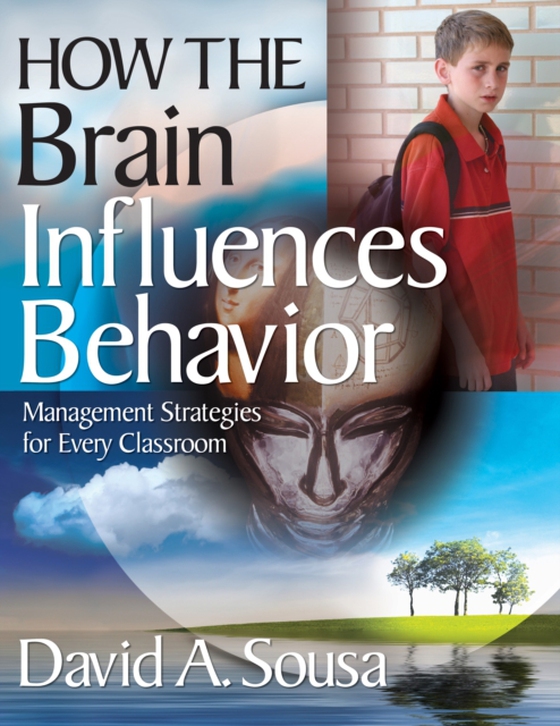
How the Brain Influences Behavior e-bog
302,96 DKK
(inkl. moms 378,70 DKK)
"e;This is a timely topic with workable solutions that enables students to learn in today's classrooms. A must-read for educators working with diverse populations."e;-Carolyn Chapman, Educational ConsultantCreative Learning Connection, Inc."e;This winning book presents clearly outlined brain research as it applies to proactively managing classroom discipline issues. A must-have for ...
E-bog
302,96 DKK
Forlag
Corwin
Udgivet
8 juli 2008
Længde
264 sider
Genrer
Educational psychology
Sprog
English
Format
pdf
Beskyttelse
LCP
ISBN
9781452298153
"e;This is a timely topic with workable solutions that enables students to learn in today's classrooms. A must-read for educators working with diverse populations."e;-Carolyn Chapman, Educational ConsultantCreative Learning Connection, Inc."e;This winning book presents clearly outlined brain research as it applies to proactively managing classroom discipline issues. A must-have for teachers who prefer to not only teach, but effectively reach every student too!"e;-Toby J. Karten, Graduate InstructorCollege of New Jersey, Gratz CollegeUse research-based strategies to improve behavior in the K-12 classroom!Combining theory and practice, best-selling author David A. Sousa helps educators understand what is happening in the brains of students with behavior problems and offers practical, effective intervention strategies compatible with current findings in neuroscience.In easy-to-understand language, the author presents current information on brain development and function and highlights factors that affect social and emotional decision making and negative behaviors like impulsivity, defiance, and violence. Comprehensive yet concise, this guide for K-12 teachers and counselors provides methods for teaching self-control and fostering positive relationships with troubled students and provides case studies that match effective strategies with specific behaviors. Educators will find answers to critical questions such as:How does the rate of brain development explain the erratic behavior of adolescents?What type of data collection can help teachers manage misbehavior? Can peer influence help curb misbehavior rather than encourage it?Why are boys more likely to misbehave than girls and what can teachers do about it? How do school and classroom climates affect student behavior?This invaluable handbook also features reproducible forms, worksheets, checklists, additional references, and an expanded list of primary research sources to help teachers understand and apply research-based principles for classroom and behavior management.
 Dansk
Dansk

